This day eleven years ago, trapped for the weekend in Uxbridge by heavy snow, I thought I’d walk to Windsor for lunch. Some 16 km and five hours later, I was cold, tired and very hungry. I’d missed Sunday lunch by a few hours so I settled for a dinner before catching the train back. But trains that serve Windsor don’t go by Uxbridge so it took a few hours to return. I’m glad I did the walk because the Berkshire countryside was utterly transformed in a way that I only saw that once.
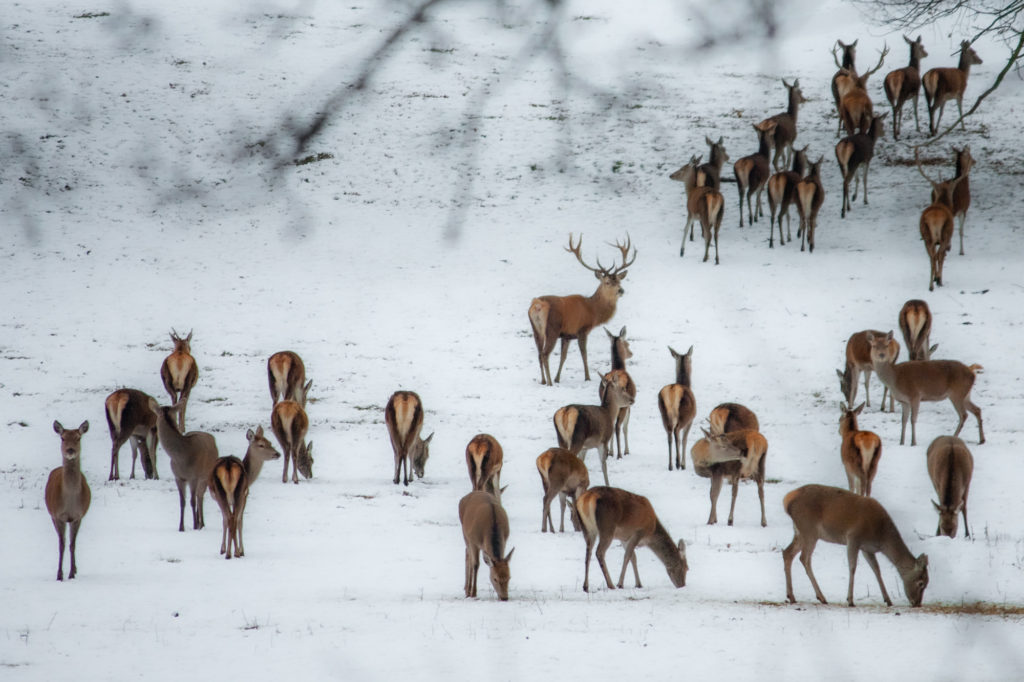
© Simon Robinson 2010
We walked Gus the dog around our hill today. It was mucky after the thaw had reduced the frozen, crenelated paths to slushy muds. We walked the hill anticlockwise and he roamed wide to find the wettest patches to adorn his coat. And I took pictures of things that caught my eye. Actually I took three pictures of anything that caught my eye. I did this because the contrast was so strong in the low winter sun that I thought the camera would need a bit of help covering the entire dynamic range.
The HDR technique compensates for the loss in luminosity at the sensor (or your eye) in strongly contrasted lighting conditions. In the high latitudes, the winter sunlight blasts in at low angles and the features of interest have brights that are pure white and darks that are pure black. The detailed luminosity is lost to overexposure in the whites and underexposure in the blacks. By taking say, three photographs that are identical except for the their total exposures, the tones in each of the images can be mapped and merged to create one image that retains details in both the white and black areas.
So here are fourteen HDR pictures of trees, shadows, manmade objects and a bit of landscape as seen no more than 750 metres from my Lightroom desk where I developed them. And Gus was there too.

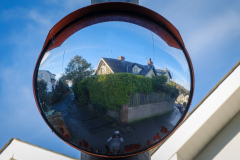
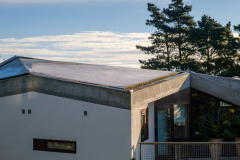
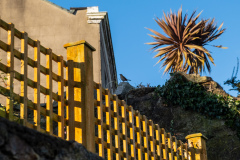
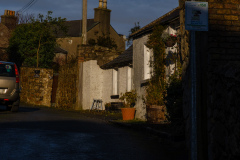
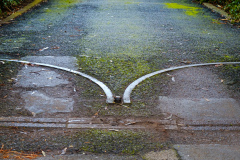
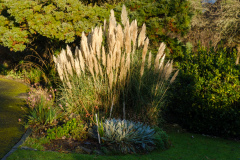
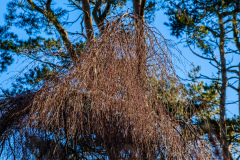
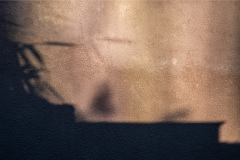
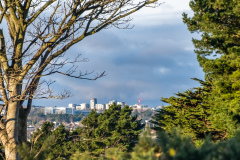
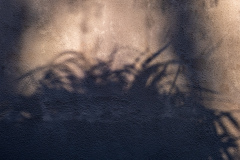
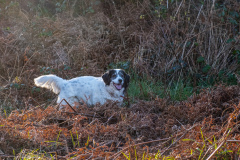
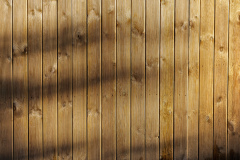
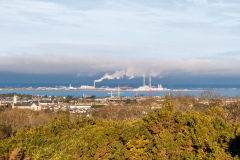
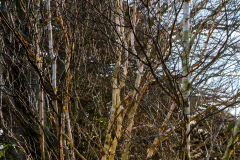
Leave a Reply